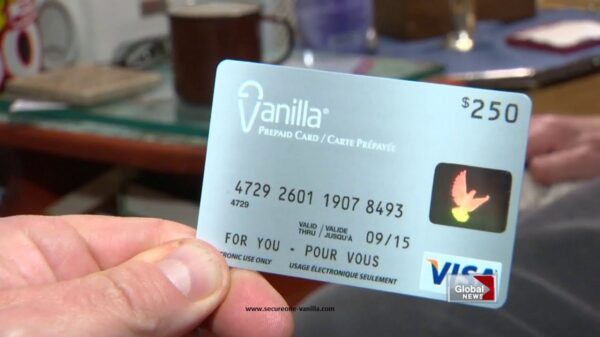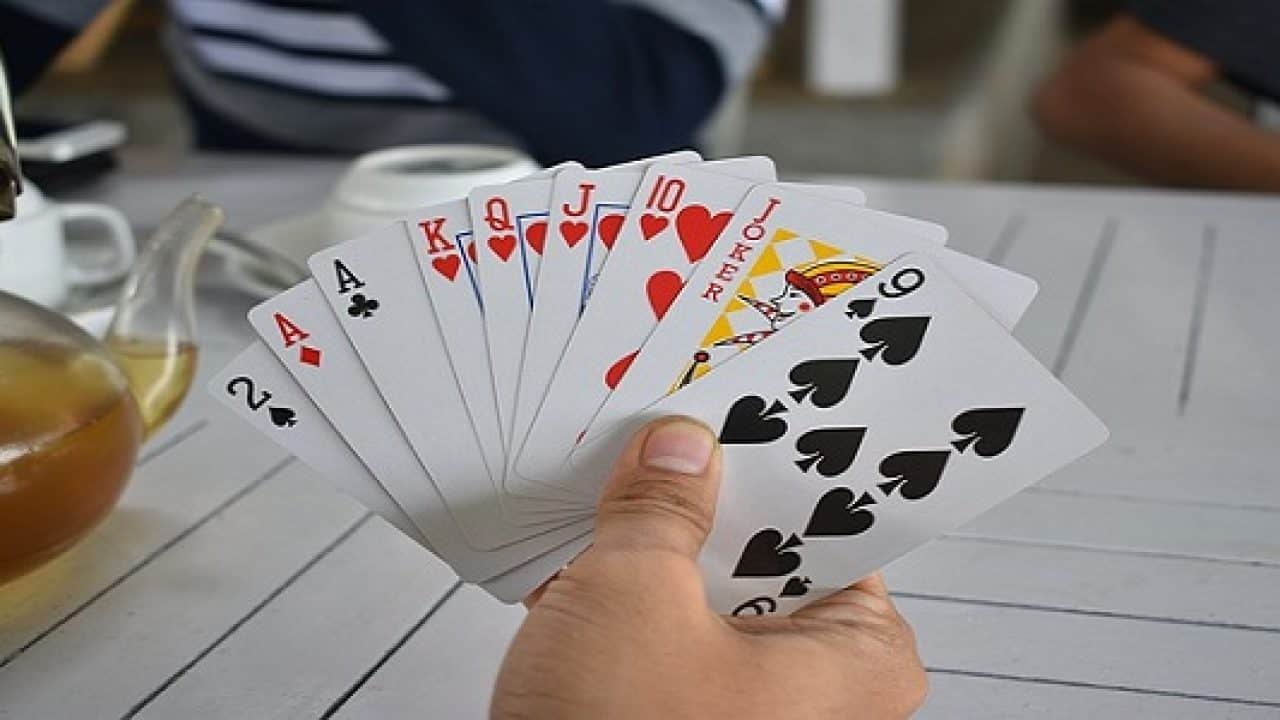Basic rules of rummy
Rummy is a classic real money card game that typically involves 2 to 6 players and uses a standard deck of 52 cards. The primary objective of rummy is to create valid sets and sequences of cards and be the first player to eliminate all the cards in your hand.
During your turn, you have the choice to draw a card either from the stockpile or from the top card of the discard pile. After drawing a card, you must then discard one card from your hand and place it on the discard pile. As the game progresses, you can arrange your cards on the table by forming valid sets or sequences. This process is known as melding.
Once you have melded all your cards into valid sets and sequences, you can declare a “show” or “rummy.” At this point, you must arrange your cards on the table to demonstrate the validity of your melds. If your arrangement is found to be valid, you win the game. However, if your melds are determined to be invalid, you will receive a penalty.
It is important to note that there may be variations in the specific rules and scoring systems used in traditional rummy vs online rummy in different versions of cash rummy new and old games. It is always recommended to clarify the rules before playing a particular variation of the game to ensure a fair and enjoyable experience.
Strategies about rummy
Developing effective strategies can greatly increase your chances of winning in rummy. Here are some strategies to consider:
- Arrange your hand:
Start by organizing your cards into relevant groups. Sort them by suit or rank to identify potential sets or sequences. This will help you have a clear view of your options and plan your moves accordingly.
- Prioritize pure sequences:
A pure sequence is formed without any jokers and is crucial for a valid hand. Focus on creating a pure sequence early in the game, as it gives you more flexibility with the remaining cards.
- Keep track of discards:
Observe the cards being discarded by your opponents. This will give you an idea of which cards are available and which ones are less likely to complete your sets or sequences. It can also help you identify the cards your opponents may be collecting.
- Use jokers wisely:
Jokers are versatile cards that can be used to complete sets or sequences. Strategically incorporate jokers into your melds to maximize their value. However, avoid relying too heavily on jokers, as sets without jokers carry more points.
- Discard high-value cards:
If you have cards that are unlikely to fit into your melds, consider discarding them early on. Holding onto high-value cards for too long can increase your penalty points if your opponent declares rummy.
- Observe your opponents:
Pay attention to the cards your opponents pick and discard. This can provide insights into their strategies and help you make informed decisions. Try to prevent your opponents from forming complete sets or sequences by discarding cards they may need.
- Calculate probabilities:
As the game progresses, assess the probability of drawing certain cards that can complete your melds. This can guide your decision-making process and help you choose between drawing from the stockpile or the discard pile.
- Play defensively:
If you are unable to form complete sets or sequences, focus on reducing your penalty points by discarding high-value cards that are less likely to be useful to your opponents.
Conclusion
Remember, rummy is a game of skill and strategy, so practice and experience will play a significant role in improving your gameplay. Adapt your strategies based on the specific variation of rummy you are playing and the actions of your opponents.




































You must be logged in to post a comment Login